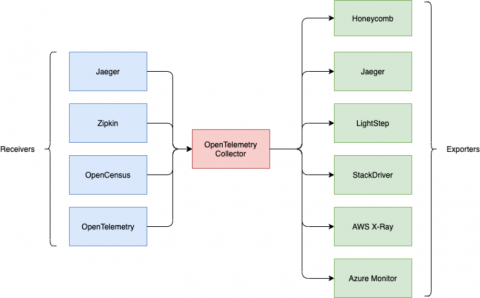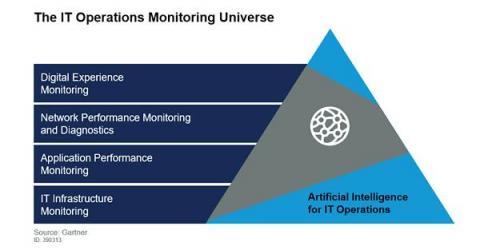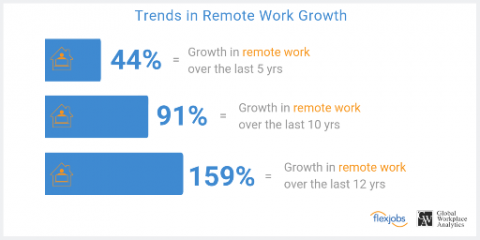Keeping the Internet "Always On"-the Pressure of COVID-19 on Incident Response Teams
Social distancing measures, like remote working, school closures, and “shelter in place” have driven us onto the Internet more than ever before, creating unprecedented demand for a range of digital services from companies, many of whom weren’t set up for this type of pressure. As a digital operations company, we help teams ensure their websites and apps are running perfectly and partner with over 12,000 organizations around the world—from start-ups to 58 of the Fortune 100.











